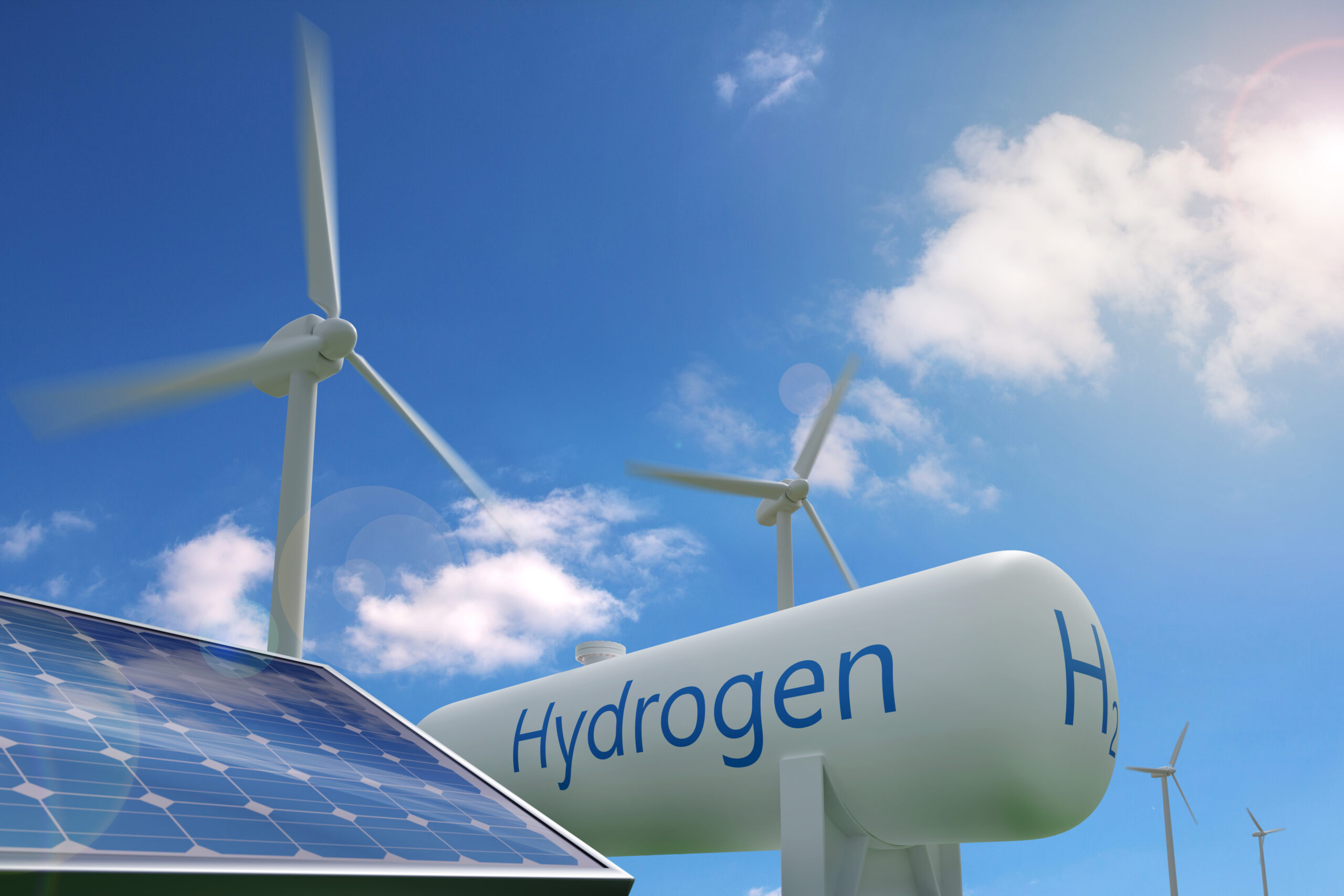Category: Uncategorized
Emissions Implications for Clean Hydrogen Accounting Methods: White paper and spreadsheet

Thank you for your interest in REsurety’s new paper, Emissions Implications for Clean Hydrogen Accounting Methods. Use the buttons below to download the full paper as well as an Excel spreadsheet containing the Locational Marginal Emissions data and hourly renewable energy generation data that was used for the analysis done in the paper.
Request Carbon Emissions Data

REsurety and WattTime have made historical marginal emissions data available to qualified end users including researchers, corporate sustainability practitioners for accounting, and other non-commercial end users at no cost. This improves on the temporal and spatial granularity of the global annual country-level marginal emissions data already available from the UNFCCC.
You may request up to five free reports.
Please fill out the form and we will be in touch to discuss your request.
"*" indicates required fields
PODCAST: SunCast episode 403 – Friends Don’t Let Friends Use 8760s with Dr. Jennifer Newman

A recent white paper from REsurety, with contributions from HASI (fka Hannon Armstrong), a leading investor in climate solutions, offers an in-depth analysis into how using an “8760” energy model can lead to significant errors in revenue modeling — topping 30% in some high renewable penetration markets.
Despite their widespread use in the renewable energy industry, using an 8760 to project financial performance can lead to significant errors in revenue models. In particular, revenue models that pair an 8760 with historical prices miss the impact of hourly renewable energy generation on hourly power prices. Because wind and solar plants are relatively inexpensive sources of generation, there tends to be a negative correlation between generation and power price in markets with high renewable penetration.
A recent white paper from REsurety, with contributions from HASI, a leading investor in climate solutions, offers an in-depth analysis into how using an “8760” energy model can lead to significant errors in revenue modeling — topping 30% in some high renewable penetration markets.
An “8760” (also known as a “typical meteorological year,” or “TMY”) is the average generation expected for a given wind or solar project for each of the 8,760 hours in a non-leap year. As implied by its “typical meteorological year” moniker, an 8760 contains average generation values reflecting typical seasonal and diurnal weather patterns. The problem with using an 8760 is that “typical” weather isn’t actually all that common, and high prices almost always coincide with extreme weather.
Return to the main menu of podcasts, or return to the blog posts main menu.

